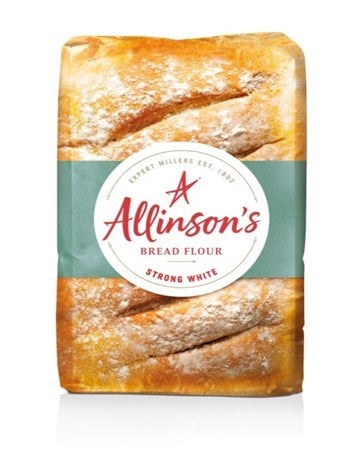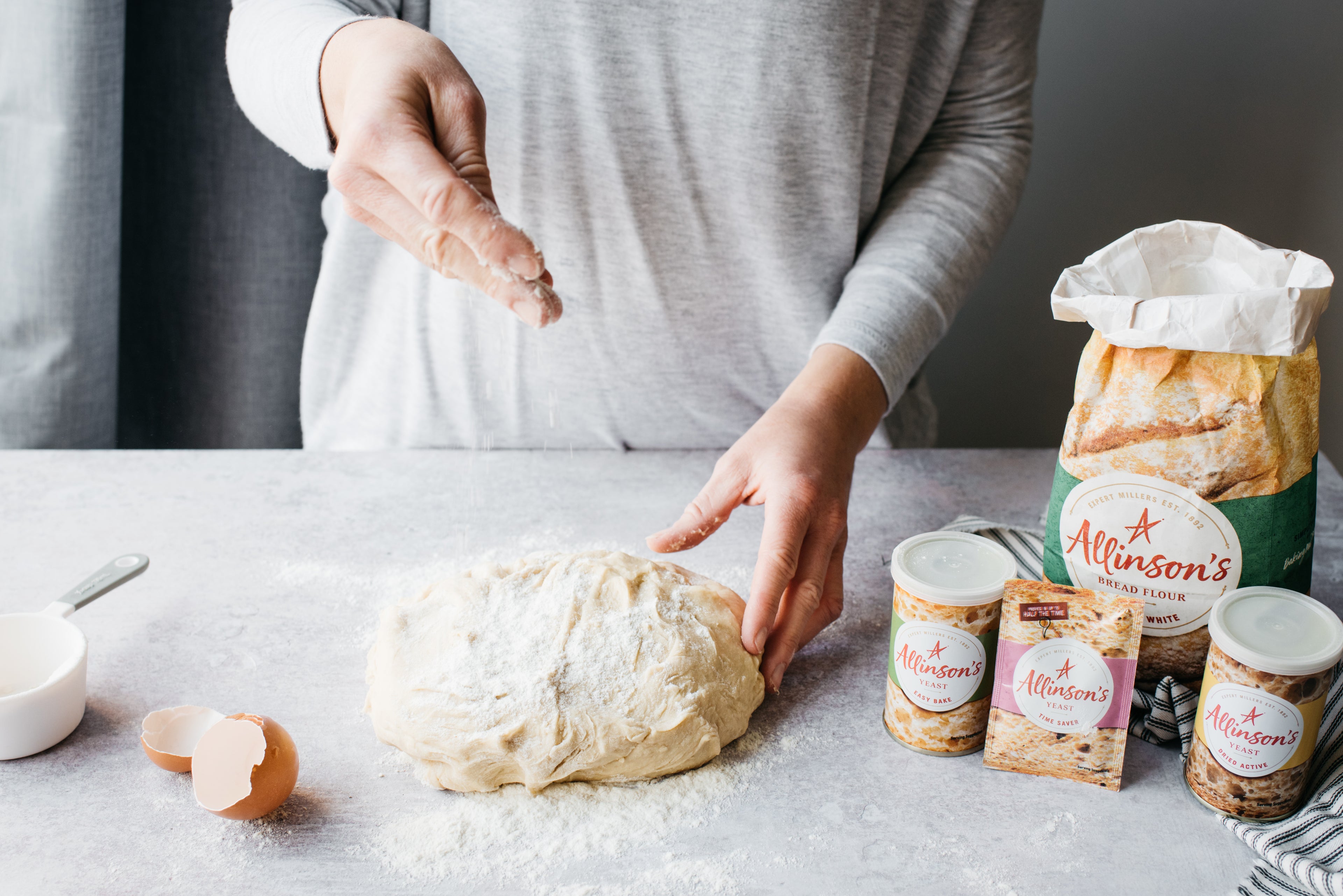Tips for when bread goes wrong
Bread & DoughAre you on the quest to bake the perfect loaf? We know that although bread baking is fun with tasty results, there are sometimes mishaps along the way. If you're currently standing in your kitchen thinking 'What went wrong with my loaf?' we've written this just for you. We've answered the most commonly asked questions when it comes to bread baking to help your next loaf be its best loaf yet.
What to do when your bread dough is too wet or sticky:
The more you knead dough the less sticky it should become, just try to keep kneading for a few minutes and gradually the stickiness or wetness should reduce and a smoother dough with a satin sheen should form. This indicates the gluten strands are developing and the dough is becoming more elastic. If after 5 minutes of kneading the dough is still overly wet or sticky just add a few teaspoons of flour and knead this in.
Take a look at this useful video (one of our golden oldies from the archive) to see how to knead dough by hand.
What to do when your bread does not rise:
A room temperature of around 22°C-25°C is ideal for bread to rise (this is what we call the proving stage). Some breads will take longer than others to rise and this can be due to many factors such as temperature, ingredients and even the water temperature used. Check the liquid added to the dough is not over 37°C or it may kill off some of the yeast, similarly check the yeast is not too old or stale and inactive. Check that you haven’t added too much sugar or salt as both common mistakes may stop the yeast from working properly. If you think your room is just too cold you can always move your dough to a warmer location or just turn the light on in your oven and put the dough in – just the warmth from the light may be enough to give it a boost.
For more top tips on getting your dough to rise, check out what expert bread baker Peter Sidwell has to say.
What to do when bread is too dense:

There may be several reasons for a dense, cake like texture in bread. It may indicate the kneading wasn’t enough for the gluten to develop properly, or the dough was proved for too short a time or the dough may have been too dry. It is also worth checking the flour you used. Always use strong flour instead of plain and make sure too much salt was not added. This can cause the yeast to not be as effective. We recommend Allinson's strong white bread flour for bread baking.
Will my bread rise in oven?
During baking, the dough continues to rise for a short while due to the steam generated and the continued action of the yeast. It will stop rising when the yeast dies and the crust hardens, usually within the first 10 minutes of baking.
How to know when my bread is cooked:
A loaf of bread is baked when it is golden-brown all over, firm to touch and sounds hollow when taped on the underneath. The bread is still cooking during the cooling process so it is important to leave to cool for as long as you can resist! 😊
What’s the optimum temperature for proving bread?
A room temperature of around 22-25°C is the ideal temperature for bread to rise (what’s called the prove time). A much cooler temperature will lead to a longer prove time but a more complex flavour due to enzyme activity. A much warmer temperature can speed up the proving, but you may start to get an unpleasant beery taste and smell.
We've answered the most commonly asked questions when it comes to troubleshooting bread, but if you're after some more specific tips, try our further reading:
How to freeze bread dough
How to freeze baked bread
How to shape dough into an oval
How to shape dough for a tin
